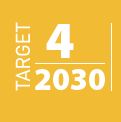





Street Lighting
A street light or street lamp is a raised source of light often mounted on a lamp column or pole either on the side of the road or within the median, or suspended on a wire above the road to provide illumination. Street lighting can provide safety benefits at midblock and intersection locations and can also improve safety for pedestrians, particularly at crossing points.
Midblock The provision of midblock street lighting increases safety by making road features such as road alignment, kerbs, footpaths, street furniture, surface condition, other road users and objects that may be on the road visible to both vehicular and pedestrian traffic. Areas that benefit from the provision of midblock lighting include service roads, merge, diverge and weave locations, locations with high levels of background lighting or high night time traffic volumes. Lighting is advisable for tunnels, major bridges, major operational facilities and their immediate approaches.
Intersection Providing street lighting at intersection locations can reduce night time crashes by making the intersection features visible to both vehicular and pedestrian traffic. Lighting intersections can also aid navigation and helps drivers to see the intersecting road, turning vehicles, traffic queues and any other road users. Lighting should always be provided at signalised intersections and roundabouts. It is recommended that at least one luminaire should be provided on each of the intersecting roads to help traffic approaching from the side roads to identify the intersection.
Pedestrian Crossing Improving the lighting at pedestrian crossings will help to make both the crossing and the pedestrians using the crossing, visible to approaching motorists. The provision of street lighting at pedestrian crossing locations may also assist pedestrians to locate safe crossing points and to detect potential night-time hazards. This treatment has been shown to reduce the number of pedestrian crashes and improved lighting can also help to discourage street crime.
- Streetlighting helps to reduce night-time crashes by improving visibility.
- Can reduce pedestrian crashes by approximately 50%.
- Can help to aid navigation.
- Street lighting helps people to feel safe and can help to reduce crime.
- Route lighting can help to reduce glare from vehicle headlights.
- The start and end of lit sections of roads should be carefully planned in conjunction adjoining intersections.
- Short gaps of unlit sections between lit sections should be avoided.
- The provision of street lighting poles can introduce hazards to the roadside. Frangible poles should be considered particularly in areas where there is low pedestrian activity. Alternatively, the poles can be protected by roadside safety barrier.
- It is important to achieve the correct spacing of lamp columns to prevent uneven lighting levels along a route.
- The provision of street lighting requires an electricity supply and is associated with ongoing power costs. Solar panels may be considered as an alternative power supply.
- Adequate clearance must be provided to overhead lines.
- Low pressure sodium lamps may be used to reduce light pollution particularly in urban areas.
- Light pollution can be a consideration in countryside areas.
The Star Rating Demonstrator is a freely available tool with the iRAP online software, ViDA. With the Star Rating Demonstrator, it is possible to explore the impact that this Safer Roads Treatment has on risk.
Treatment Summary
Costs | Medium |
Treatment life | 10 years - 20 years |
Potential casualty reduction | 10-25% |
Case Studies
| Examples of related Case Studies |
|---|
| A404 Amersham |
| SS 13 Pontebbana |
| Sustainable Road Safety Outcomes in Brazil |
Related Images
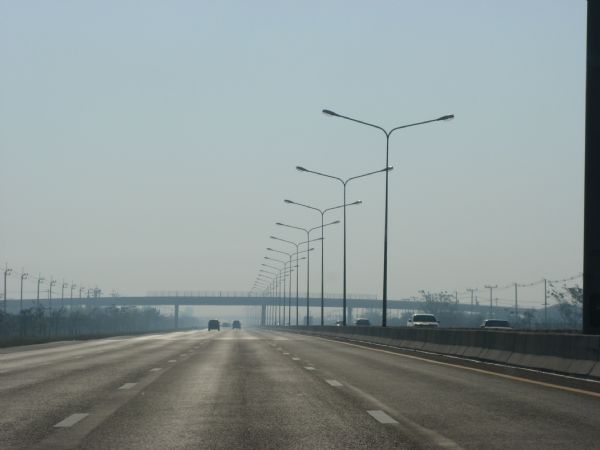 A wide lane freeway in Thailand with street lighting. Image credit: Peter Croft
A wide lane freeway in Thailand with street lighting. Image credit: Peter Croft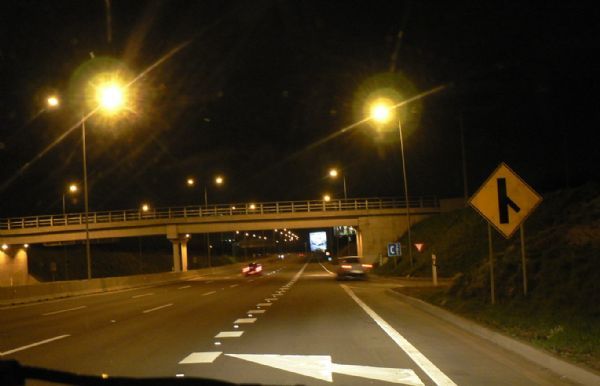 A grade separated intersection and merge lane with effective street lighting. Image credit: Greg Speier
A grade separated intersection and merge lane with effective street lighting. Image credit: Greg Speier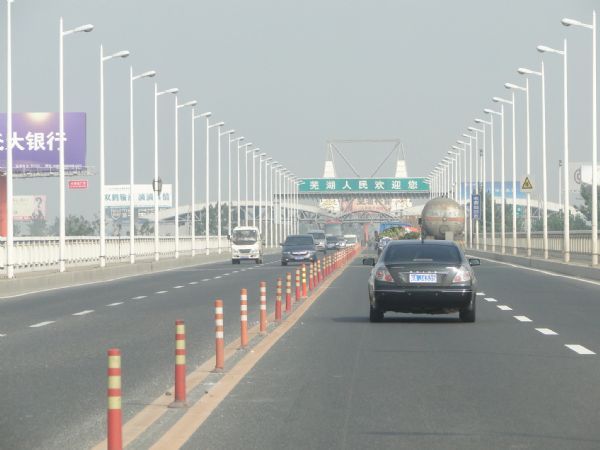 Road with street lighting and opposing lanes of traffic separated by flexible posts in China. Image credit: iRAP
Road with street lighting and opposing lanes of traffic separated by flexible posts in China. Image credit: iRAP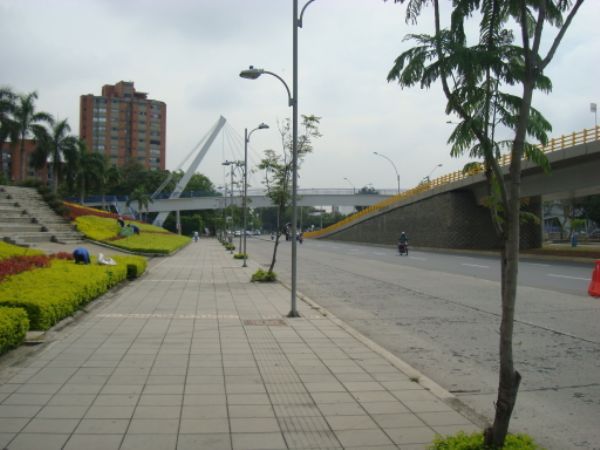 Street lights and sidewalk in China. Image credit: Greg Smith
Street lights and sidewalk in China. Image credit: Greg Smith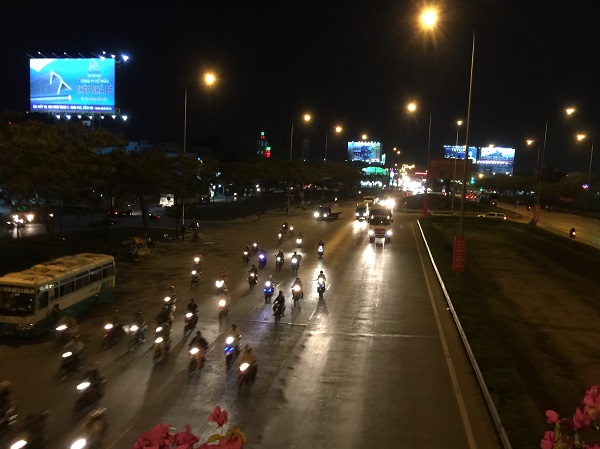 Streetlighting in Vietnam. Image credit: Unknown
Streetlighting in Vietnam. Image credit: Unknown










